
In this study, researchers examine immune mechanisms in ocular diseases like uveitis, AMD, DR, and GO, highlighting microglial roles, targeted therapies, and promising advances in immunotherapy.

In this study, researchers examine immune mechanisms in ocular diseases like uveitis, AMD, DR, and GO, highlighting microglial roles, targeted therapies, and promising advances in immunotherapy.

A Helsinki University Hospital study found diabetes, glycemic control, or insulin therapy did not significantly affect anatomical or functional outcomes after epiretinal membrane surgery.
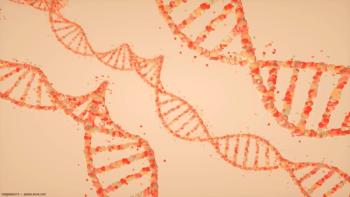
The company is advancing its Phase I/II trial and exploring accelerated approval pathways in the US and Europe.

USC is leading a research team aiming to better understand retinitis pigmentosa and inform future treatments.
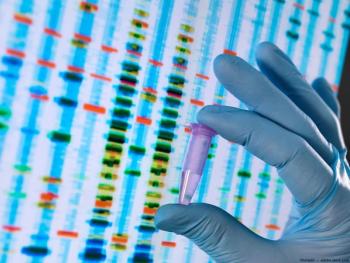
In the LIGHTHOUSE study, Atsena Therapeutics is evaluating ATSN-201 gene therapy for X-linked retinoschisis, leveraging AAV.SPR capsid for central retina transduction without foveal detachment risks.

A global survey explores the impact of geographic atrophy (GA) on quality of life, revealing similar challenges for individuals with unilateral and bilateral GA.

Tenpoint Therapeutics and Visus Therapeutics have merged to focus on aging-related ocular conditions, with key products including BRIMOCHOL PF for presbyopia and therapies for cataracts and geographic atrophy.

A study investigating the impact of socioeconomic status on open globe injury (OGI) found that lower SES, measured by the Social Vulnerability Index and Distressed Communities Index, correlates with younger age, non-accidental injuries, and poorer visual outcomes in OGI patients.
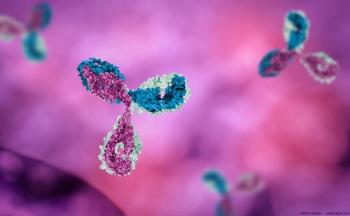
Nona Biosciences has partnered with Kodiak Sciences to develop multi-target antibodies for ophthalmic diseases. Utilizing Nona's Harbour Mice platform, the collaboration aims to accelerate antibody discovery, focusing on innovative therapies for retinal and other eye conditions.

Data show promising early improvements in low luminance visual acuity, a key measure of visual function.

Nerve cells in the retina were analyzed at the Vienna University of Technology using microelectrodes. According to researchers, the nerve cells demonstrated surprisingly stable behavior, which is good news for retina implants.

The company begins Phase 1 trials of oral GAL-101, targeting amyloid beta aggregation. Promising safety and efficacy in ophthalmic models suggest potential for treating dry AMD, glaucoma, and neurodegenerative eye diseases.

EyePoint Pharmaceuticals has dosed the first patient in the LUCIA Phase 3 trial of Duravyu for wet AMD. The study evaluates Duravyu’s efficacy, durability, and re-dosing every 6 months in both treatment-naïve and previously treated patients. Topline data is anticipated in 2026.

A study found that a simplified artificial circuit, modeled after the brain's neuronal system, can predict network activity and provide insights into how the brain manages short-term memory, with potential implications for novel treatments of eye movement disorders.

In a study, a team of Korean researchers developed an AI model using OCT images to predict neovascular AMD treatment outcomes after anti-VEGF injections. The model highlights AI’s potential in personalized ophthalmic care.
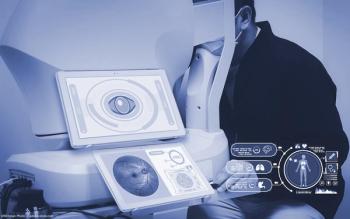
The findings suggest that retinal microvessel damage may occur due to renal hypertension (RH).

The California Institute for Regenerative Medicine has funded Keck School of Medicine of USC translational research advancing a therapy for dry age-related macular degeneration, one of the leading causes of blindness in older adults.
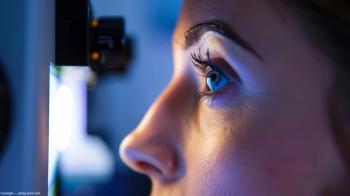
Avant Technologies and Ainnova Tech have partnered to develop a low-cost retinal camera integrated with Ainnova’s Vision AI platform for early detection of ocular and systemic diseases. The technology will be marketed as a SaaS platform for primary care settings.

Key findings include reduced lesion growth, retinal tissue preservation, and improved visual function, demonstrating significant potential for the treatment option.
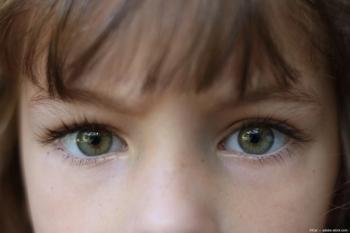
The designations underscore the unmet need in Stargardt disease, a rare and serious pediatric disease for which no treatment exists.
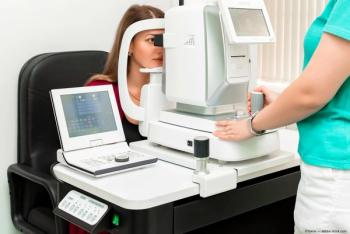
Peking University researchers have developed a deep learning-based, noninvasive choroidal angiography method that enables detailed 3D visualization of choroidal vessels from OCT scans. This technique could improve diagnostics for retinal diseases like macular degeneration, offering a safer alternative to traditional methods.

A recent cohort study revealed low adoption of FDA-approved AI-based diabetic retinopathy detection, with less than 5% of diabetic patients receiving ophthalmic imaging. Researchers emphasize the need for improved awareness, cost-effectiveness, and integration to increase diabetic retinopathy screening rates.

A Johns Hopkins study reveals that anti-VEGF treatments for wet AMD may unintentionally elevate ANGPTL4, a protein that promotes blood vessel growth. Combining anti-VEGF with an experimental drug targeting HIF-1 could enhance vision outcomes and prevent vision loss.

To educate the public—including parents, caregivers, and allied health professionals—Prevent Blindness is offering free educational resources, including fact sheets, social media graphics, web pages, and educational videos in both English and Spanish.
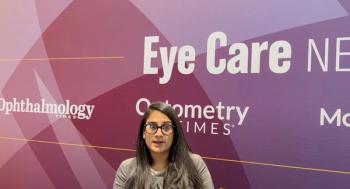
Vaidehi S. Dedania, MD, from the New York University (NYU) Langone Health and the Grossman School of Medicine, spoke with the Eye Care Network at this year's AAO meeting held in Chicago, Illinois. She insights from the session, "Preventing and managing complications following vitreoretinal surgery."
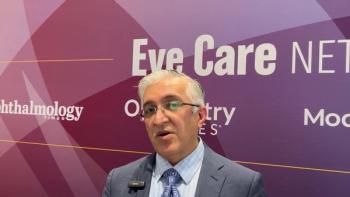
Vikas Chopra, MD, from the Doheny Eye Institute of UCLA, caught up with the Eye Care Network at this year's AAO meeting held in Chicago, Illinois. He shared how technology has advanced ophthalmic surgery over the years and how hands on sessions at the meeting allow surgeons to train for rare complications that can arise during routine surgeries.
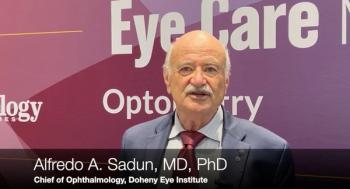
Alfredo Sadun, MD, PhD, is the chief of Ophthalmology at the Doheny Eye Institute of UCLA. At this year's AAO meeting held in Chicago, Illinois, he stopped by the Eye Care Network booth to share insights from the symposium "Professional Longevity 2.0: Assessing the Ophthalmologist," which he presented during.

Valerie Biousse, MD, from the Emory University in Atlanta, Georgia, shared insights on how ocular imaging in the emergency department can provide timely, accurate diagnosis while also benefiting the on-call ophthalmologists.

The Gr8 Eye Movement campaign by Prevent Blindness and Regeneron emphasizes the critical role of caregivers in eye health, revealing significant gaps in caregivers' awareness of retinal diseases and aging-related vision loss.

Julie Schallhorn, MD, MS, also is an associate professor of ophthalmology at the University of California San Francisco, has drawn upon her bioengineering background to develop a device to simplify eye drop administration.

Published: October 16th 2023 | Updated:

Published: May 28th 2023 | Updated:

Published: October 28th 2021 | Updated:
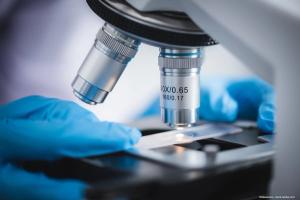
Published: August 14th 2022 | Updated:

Published: October 10th 2024 | Updated:

Published: October 28th 2023 | Updated: